VAGLIO SERRA:
- Yew Tree Garden: The hanging garden of Palazzo Crova, famed for its 200-year-old yew trees. Free entry every day.
- The Barbera Terrace: Next to the Townhall’s “Bersicule” Salon (“potato bug” in local dialect). The viewing terrace overlooks the magnificent vineyards and the Sarmassa Valley Nature Reserve. It showcases the efforts of the local farmers who searched out the ideal spot for their grapevines by sun exposure and lay of the land.
- Palazzo Baroni Crova: Was built in the 1700s and is now home to the Town Hall. It once belonged to the Crova family who were granted a baronial title by the Savoys in 1734. The first person to receive the title was Ascanio Crova.
- Crutòn: Is the ancient cellar of the Crova Palace with a wonderful brick vaulted ceiling, typical of this area. Recently renovated, it has been used since the 1940s for ceremonies and local events.
- Church of Saint Pancras and Brotherhood of the Flagellants
- Basilica of Saint Pancras: It may sound strange but the smallest church in Vinchio and Vaglio Serra is a Basilica. It is over thousand years old (it was certainly built before 948 AD) when it was used as a stopping off point for pilgrims heading to Rome. It is very likely that the current Nests’ Trail partially overlaps the ancient pilgrims’ way.
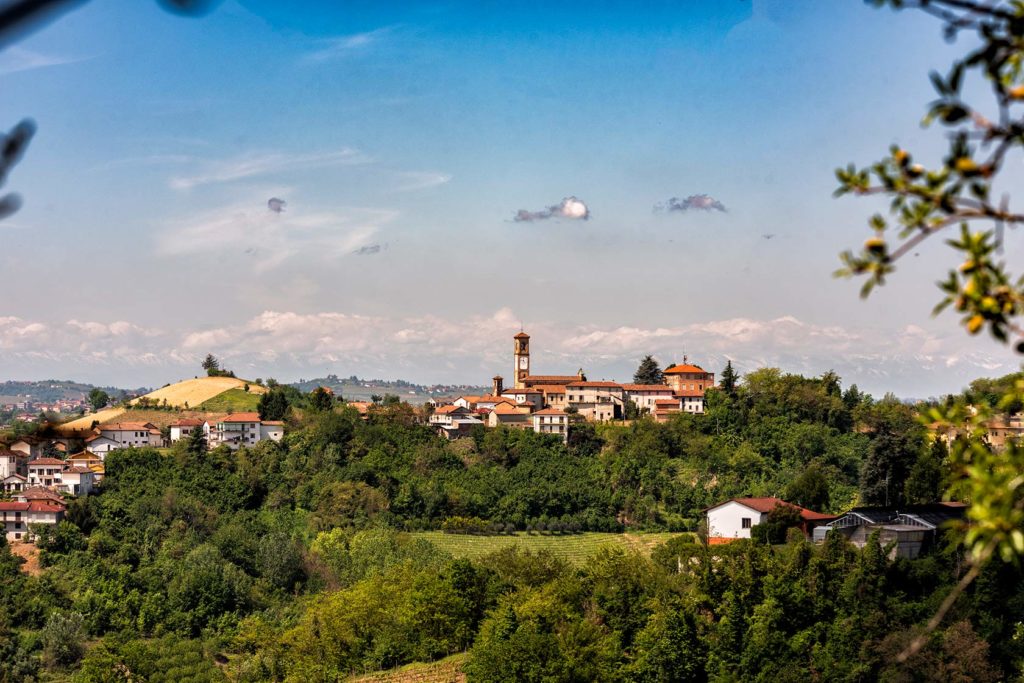
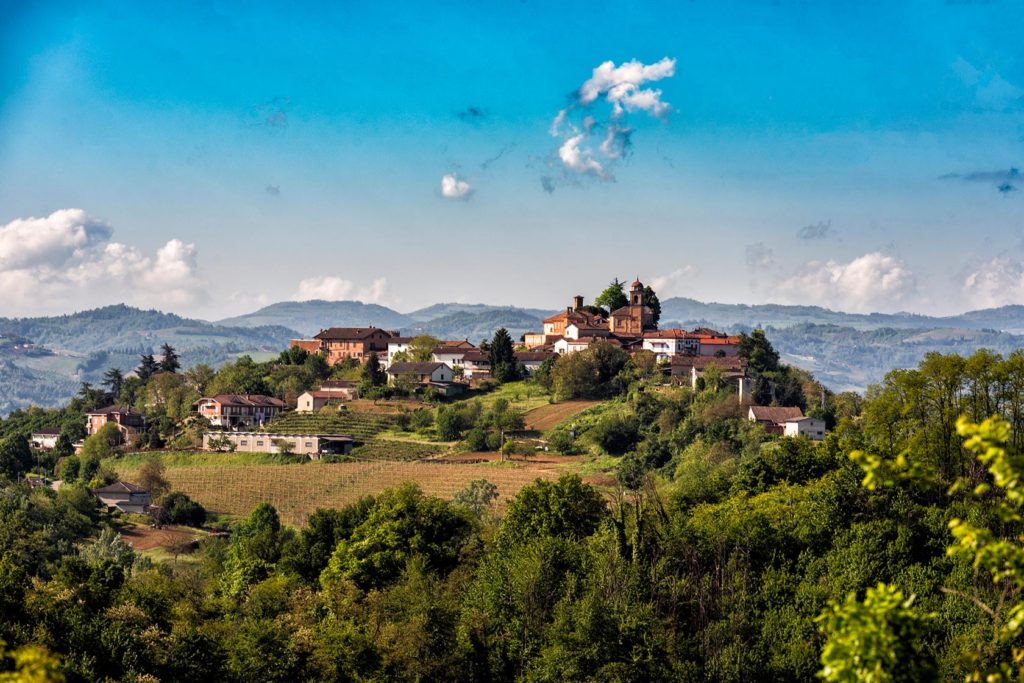
VINCHIO:
- St Mark’s Church
- Brotherhood of the Holy Trinity (a deconsecrated church building) or Church of the Flagellants
- Unesco’s viewing terrace, built on the site of the old castle.
- St Defendens’s Church, in the hamlet of Noche.
- Museum of Remembrance of the Resistance and Deportation.
- Multimidia Museum Davide Lajolo “Vinchio è il mio nido” (“Vinchio is my Nest”)
- The Outdoors Farmers Museum “Vinchio e le colline del Barbera” (“Vinchio and the Barbera hills”)
- Literary walking tours in the footsteps of Davide Lajolo’s works.
Nearby areas:
- Nizza Monferrato: Palazzo Crova hosts both the Regional Enoteca and the Palazzo del Gusto with a permanent exhibition of Davide Lajolo’s artwork. Not far is the Campanon, the town’s clock tower part of the Guildhall building, which can be visited, but only with advanced booking.
- Canelli: famous for its “underground cathedrals”, ancient and spectacular wine cellars built underneath the most famous wineries in town. The town is overlooked by an elegant 17th-century villa, called Castello (Castle), owned by the Gancia family. The Sternìa Way, a very scenic trail leading to the highest part of the town, Villanuova, offers panoramic and breath-taking views of the surrounding area. In the Via Giuliani in the town centre, is the Enoteca Regionale di Canelli e dell’Astesana (The Regional Enoteca of Canelli and of the Asti region).
- Costigliole d’Asti: The large castle in the town centre hosts the Consorzio del Barbera d’Asti e vini del Monferrato (the Consortium of producers of the Barbera d’Asti and of the wines from the Monferrato region) as well as the ICIF, the Italian Culinary Institute for Foreigners.
Sarmassa Valley Natural Reserve:
During the early 90s there were plans to turn the woodlands around the areas of Vinchio, Vaglio Serra, Incisa Scapaccino and Cortigliole into a large landfill site. Thankfully the communities came together and established a Committee to safeguard the area; also, a petition promoted by our winery was drawn up and, as a consequence, the plans to build the landfill site were withdrawn. In 1993 the Sarmassa Valley was deemed a Special Reserve by the local government.

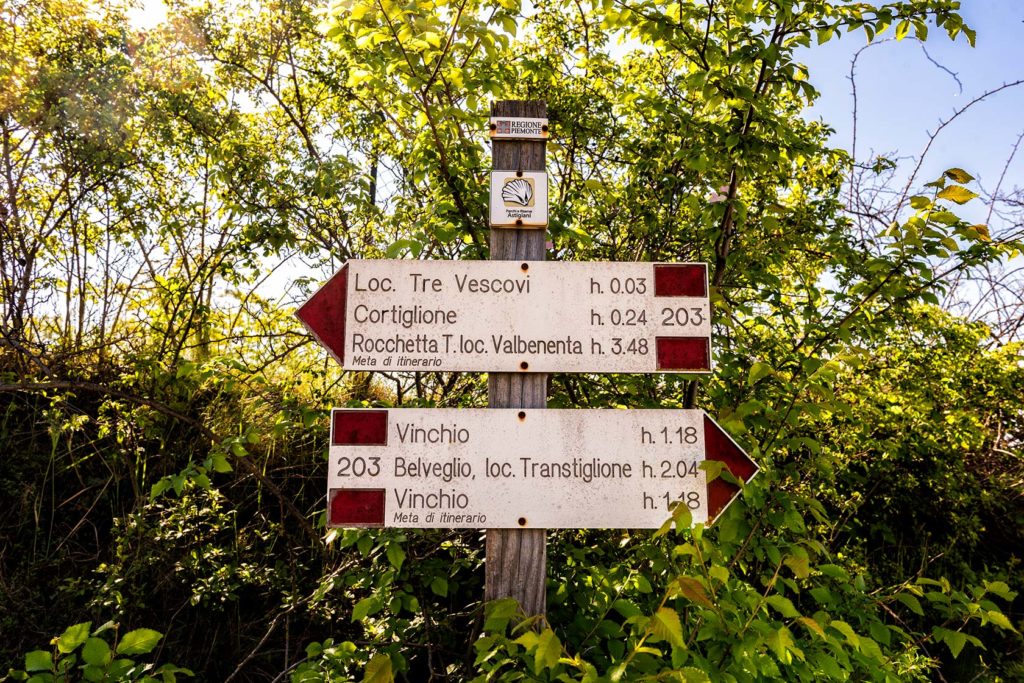
Within the 230 hectares of reserve there is a combination of old vineyards and mountain and valley woodlands, which encompass a rich and diverse variety of habitats and of plants and animals.
The area features many walking routes with picnic areas and even a fitness trail leading to the most interesting sites:
Fossils
Walking the trails you can come across small shells, evidence to the fact that during the Pliocene age this land was under water and when the sea level receded, shellfish and small mammals were trapped under layers of sand and clay.

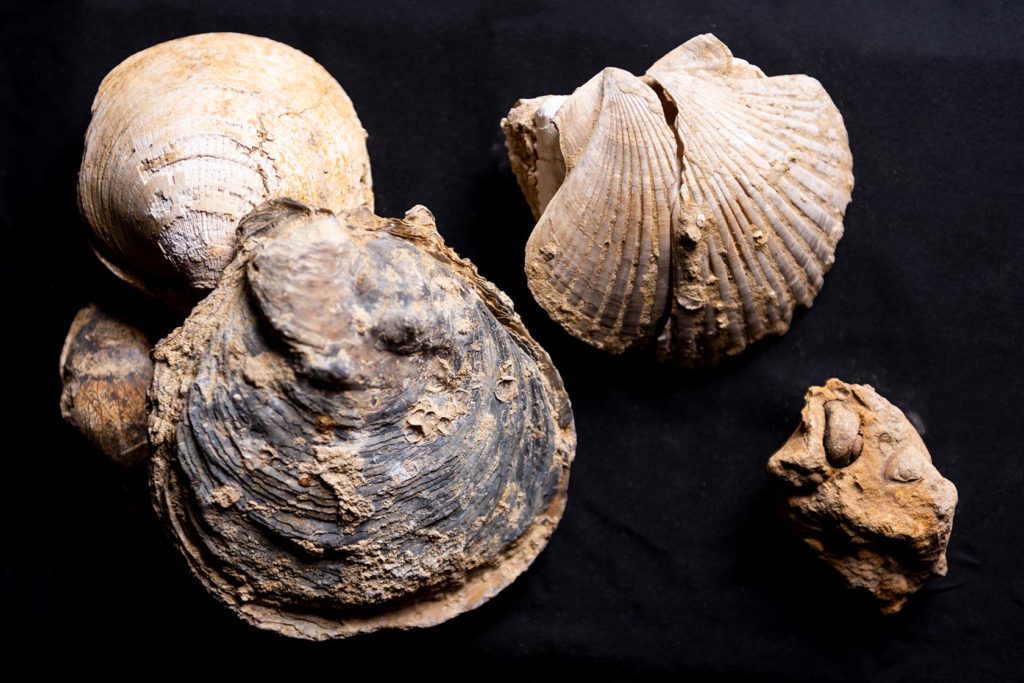
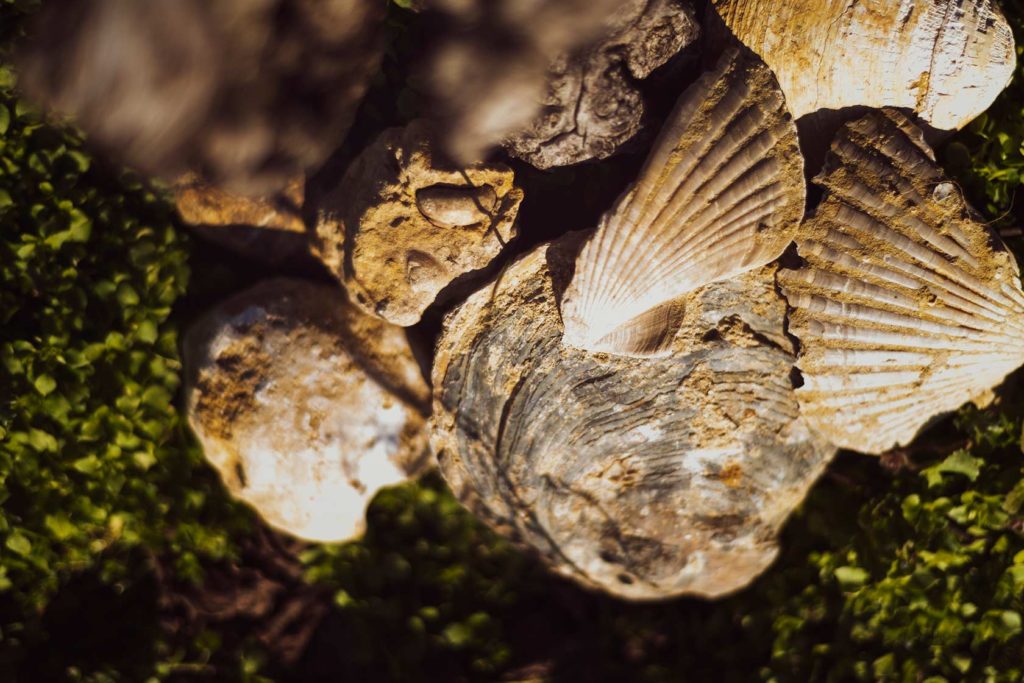
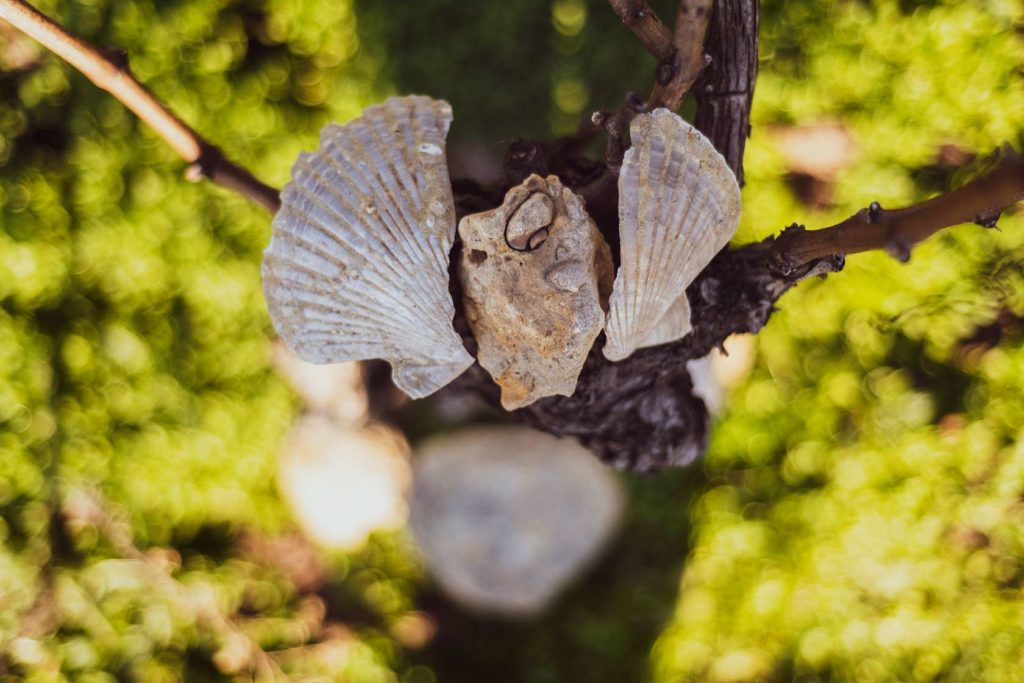
The herbs garden
On the crest of the hill leading to the Bricco dei Tre Vescovi (Hill of the Three Bishops) and its vineyards is a green treasure chest of local plants and herbs. Not far is a framed vista through which you can enjoy the view of the Alps, towards the Monte Rosa mountain, weather permitting.
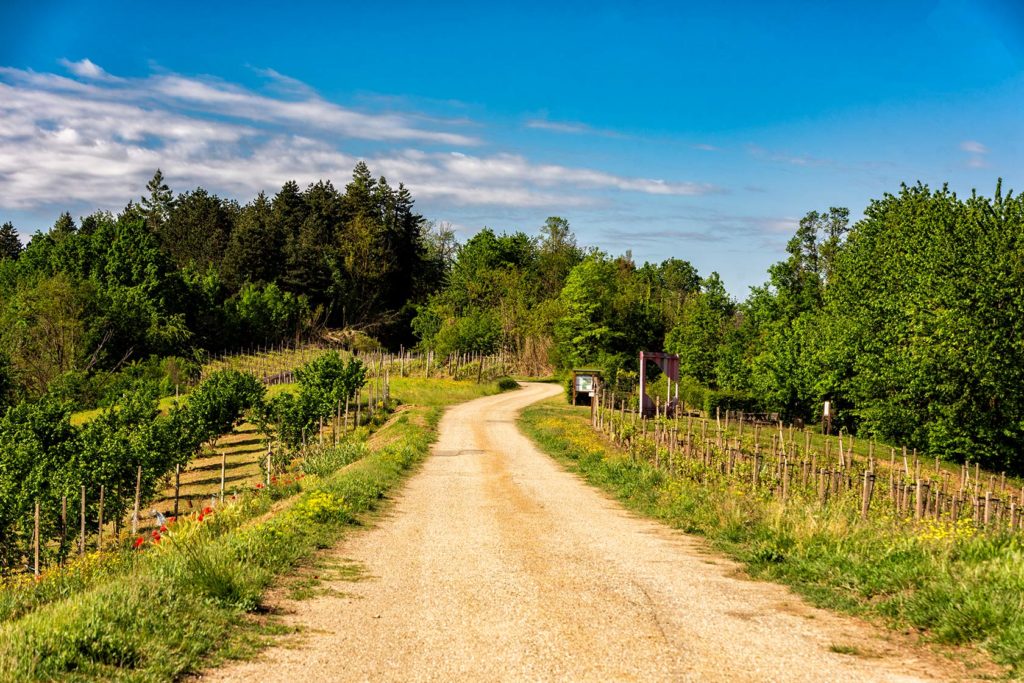

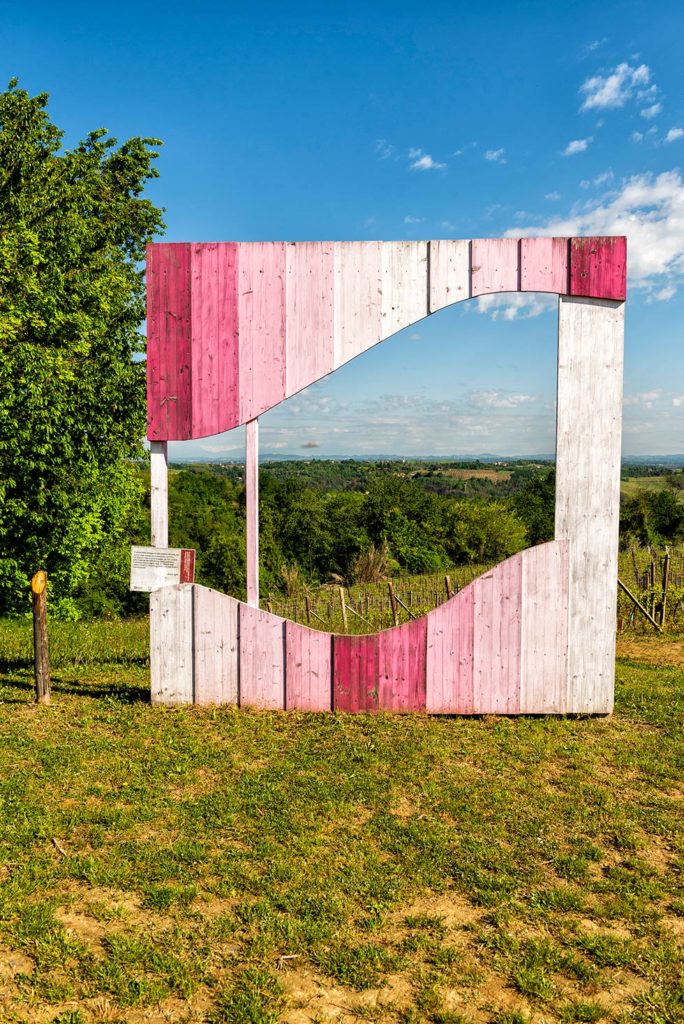
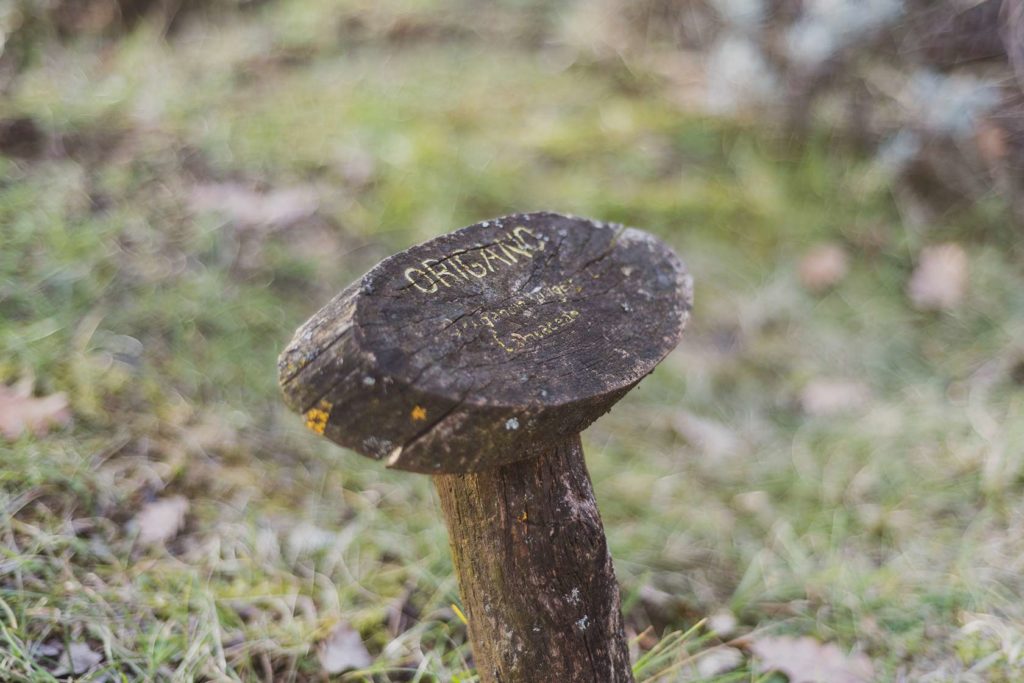
The Ru
Is a secular oak tree (ru is the local dialect) which has become the landmark of the nature reserve. Legend has it that Clelia and Ariosto climbed on the great oak tree to escape the plague in 1630. Find out more or watch the video.




Ulises’s Cottage and the enchanted forest
In the area surrounding the cottage that once belonged to Ulisses (the code name of the partisan commander Davide Lajolo), you will find the works of local craftsmen such as the whale Ulissa, the Masche (witches) and several handmade vine sculptures.









